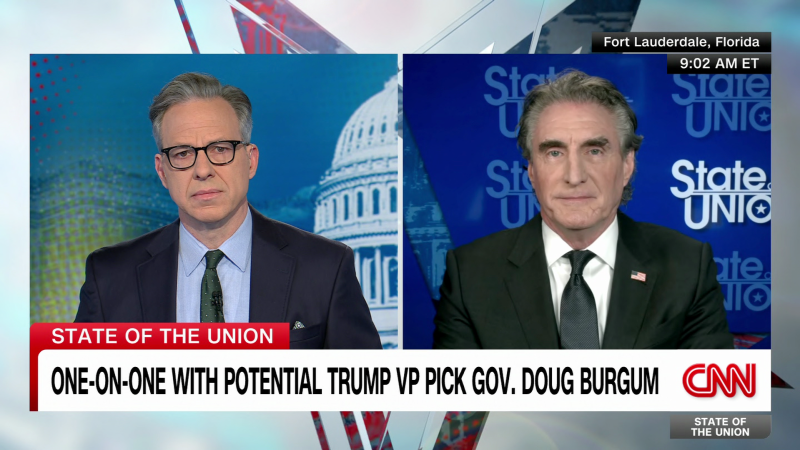Key Takeaways
- Online banking has its perks, but there are benefits to visiting a bank branch.
- Knowing your bankers can help you get better service and financial advice.
- Bank branches offer services that may be more costly or inconvenient elsewhere.
You can do almost everything online these days, and banking is no exception. There are endless options for online banks, which may offer competitive products, extensive ATM networks and good service. You can set up paycheck direct deposit, pay your bills online, make debit card purchases and get cash from an ATM without ever visiting a bank branch.
But just because you can bank without a branch doesn’t mean you always should, as you’ll miss out on the personal touch and specialized services a bank branch can offer. Understand some of the key advantages of using brick-and-mortar banking institutions, even if it’s just once in a while.
Reasons to Visit a Bank Branch
Individual attention and in-bank services are good reasons to keep your brick-and-mortar bank account and stop in for a visit.
When you have a life-changing financial decision to make or you’ve experienced identity theft, going online for help might not cut it. Having a real person’s attention and care is much more reassuring than navigating through a chatbot before you can talk to a customer service agent. And if you need a quick cashier’s check or notary service, there’s no better place to visit than your bank branch.
Individual Attention
When you have a customer service request like getting overdraft fees waived, it helps if you know someone at your bank. A relationship with your bank’s staff won’t necessarily save you, and an online-only bank could dismiss your fees just the same. But if you get to know your bank’s employees and they get to know you, you’ll have a better shot at receiving mercy.
If you value personal relationships, you should keep your brick-and-mortar bank, where you’re able to walk into a branch and talk to someone you know about your financial concerns. While online banks have call centers, they can be impersonal, and you generally won’t speak to the same person twice.
In-person bankers can also help you understand the terms of products you’re interested in. For example, if you’re considering a home purchase, you can talk things over with a loan officer.
Renee Newman, First United Bank’s chief experience officer, says that customers of all ages aren’t completely sold on exclusively banking online. “Gen Z is trending toward the characteristics of an older generational cohort,” she says. “They want all of the technology available for instant access and ease, but they want a human relationship.”
Personalized advice is valuable, too. If you have loans with your banks, you might have questions about home equity lines of credit or what type of individual retirement account you need. You may appreciate calling on a human sounding board and not having to work everything out on your own.
“People bank with people, not companies,” says Adam Marlowe, chief strategy officer for Georgia United Credit Union.
He says banks also recognize the value of meeting their customers. “The challenge is building the relationships,” he says. “Brick-and-mortar locations will remain (part of) a financial institution’s long-term strategy, as the staff are challenged with reaching out to the community to understand how they can serve (the community) better and in more convenient ways.”
If you have a conveniently located branch, it never hurts to start learning your bank tellers’ names and for them to learn yours.
In-Branch Services
Beyond personal service, there are some banking tasks you can’t do as well online as you can in person – especially if you’re in a rush.
Some services offered in bank branches include:
- Cash deposits and withdrawals, including large amounts or coins.
- Foreign currency exchange.
- Safe deposit boxes.
- Notary services.
- Immediate cashier’s checks.
Sure, you can find all of these services elsewhere, but alternatives may be less convenient and more costly. For example, you can withdraw and deposit cash at an ATM, but daily limits apply and you’ll need to visit an in-network ATM to avoid fees. At a bank branch, you can deposit or withdraw as much as you need.
For other tasks, it may be easiest to do them where you have your money. You can save a step in getting foreign currency or a cashier’s check by visiting a bank that can withdraw money from your account to complete the transaction, rather than you having to provide cash or other payment to do it elsewhere.
Brick-and-Mortar Bank Examples
Large banks often have a significant brick-and-mortar presence with numerous branch locations for customers to visit. These are some of the most prominent:
- JPMorgan Chase Bank. The largest U.S. bank by asset size, Chase has branch locations in all of the lower 48 U.S. states. There are more than 4,700 Chase bank branches and 16,000 ATMs. If you need services at a Chase bank branch or ATM, chances are good that you can find one.
- Wells Fargo. Another U.S. bank with major national reach, Wells Fargo has more than 5,600 branches and 12,000 ATMs. It can be worth it to visit a Wells Fargo branch, as in-branch products may offer additional options such as longer terms on CDs.
- Capital One. Capital One Bank’s branches are mostly limited to New York, Louisiana, Texas, Maryland, Virginia, New Jersey and the District of Columbia, but the bank offers more than 70,000 fee-free ATMs in its network. Capital One also offers a feature other banks don’t: Capital One Cafés, which serve coffee and snacks but also have money coaches who can answer questions and help you open accounts.







More News
First Federal Bank Mortgage Review
OneTrust Home Loans Review
Tapping Home Equity to Pay Your Bills: What You Should Know